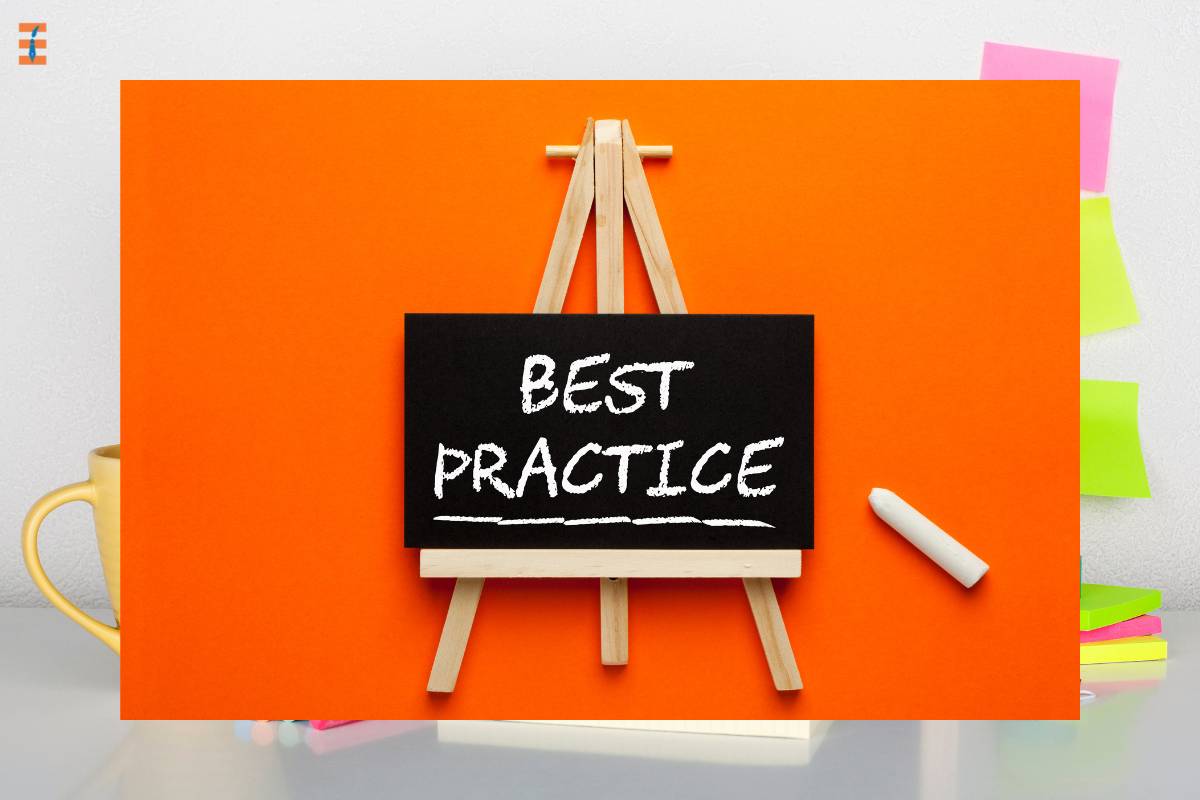Reading is a fundamental skill that serves as a gateway to knowledge and understanding. Whether it’s an academic textbook, a research paper, or a captivating novel, effective reading strategies are vital for comprehending and retaining information. In this article, we will explore the art of reading and specifically delve into reading strategies that help students distinguish when to skim and when to focus. By mastering these strategies, students can become more efficient and adept readers, equipped to tackle a wide range of materials with confidence.
The Importance of Reading Strategies
Reading is not a one-size-fits-all activity. Different reading materials require different approaches and effective readers know when to employ the appropriate strategy. Reading strategies are like tools in a reader’s toolkit, each serving a distinct purpose. Two of the most crucial strategies involve skimming and focusing, and knowing when to use them can make a significant difference in comprehension and time management.
Skimming: The Art of Quick Assessment
Skimming is a reading strategy where the reader rapidly glances over a text to get a general sense of its content. It involves reading the headings, subheadings, introductory and concluding paragraphs, and any highlighted or emphasized text. Skimming allows readers to assess whether a text is relevant to their needs and to gain a preliminary understanding of the main ideas without delving into the details.
Skimming is invaluable when:
- Previewing Material: Before diving into a lengthy article or chapter, skimming can provide a roadmap of what to expect. This aids in setting a purpose for reading and priming the mind.

- Researching: Skimming is particularly useful when conducting research. It helps researchers quickly identify whether a source contains the information they seek.
- Reviewing Content: When revisiting previously read material, skimming can serve as a refresher, helping to recall key points and connections.
- Managing Time: Skimming is a time-saving technique, allowing readers to quickly determine the relevance of a text before dedicating more time to an in-depth reading.
- Focusing: The Art of In-Depth Comprehension
Focusing, on the other hand, involves a deep and thorough examination of a text. When readers employ this strategy, they invest time in understanding the content in detail. This means reading every word, sentence, and paragraph, and actively engaging with the material to grasp its nuances and implications.
Related: Effective Study Strategies: Maximizing Learning Efficiency
Focusing is essential when:
- Studying Complex Material: For intricate subjects or challenging academic texts, focusing is necessary to absorb the information fully.
- Reading for Comprehension: When the goal is to comprehend and retain information, focusing ensures that readers understand the material in depth.
- Analyzing Texts: Texts that require critical analysis, such as literary works or research papers, demand a focused approach to dissect the content thoroughly.
- Learning New Concepts: When encountering new concepts or ideas, focusing is essential to grasp the details and intricacies.
Guiding Students in Skimming and Focusing

Effective reading strategies are a skill set that can be taught and cultivated. Educators and parents play a vital role in guiding students to discern when to skim and when to focus. Here are some strategies to help students become more proficient readers:
- Set a Purpose: Encourage students to define their purpose for reading a particular text. Are they seeking specific information, conducting research, or reading for leisure? The purpose will guide whether to skim or focus.
- Headings and Subheadings: Teach students to pay attention to headings and subheadings. These provide a roadmap of the text’s structure and can help in deciding whether skimming is appropriate.
- Highlighting and Notetaking: Encourage students to highlight key points and take notes while reading. This practice can enhance comprehension and serve as a reference for future review.
- Discussion and Questioning: Engage students in discussions about the text. Encourage them to ask questions and share their insights. This promotes active reading and deeper understanding.
- Practice: Like any skill, reading strategies improve with practice. Provide students with a variety of texts and opportunities to apply skimming and focusing techniques.

- Context Clues: Teach students to look for context clues that signal the importance of specific passages or sentences. These clues can help in deciding when to focus.
The Balancing Act
Mastering the art of reading involves a delicate balancing act between skimming and focusing. It’s not about choosing one over the other; rather, it’s about knowing when to employ each strategy. Students need to develop the ability to gauge the demands of a text and adjust their reading approach accordingly. This adaptability is a crucial skill for academic success and lifelong learning.
Real-World Applications
Reading strategies extend far beyond the classroom. In the real world, individuals encounter a plethora of reading materials, from news articles and reports to emails and instruction manuals. Effective readers in professional settings must quickly assess whether a document merits in-depth reading or a swift skim. These skills are invaluable for time management and productivity.
Conclusion: Empowering Readers
Reading strategies are empowering tools that enable students to navigate the vast sea of information effectively. By guiding students to master the art of skimming and focusing, educators and parents equip them with the skills needed to become not just readers but critical thinkers and informed individuals. In an age where information is abundant, the ability to discern when to skim and when to focus is an essential asset for success in academics and beyond.

